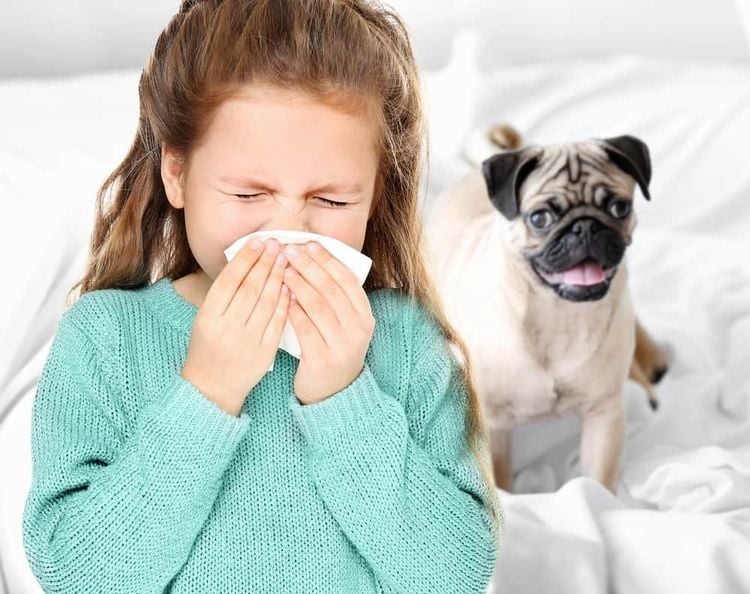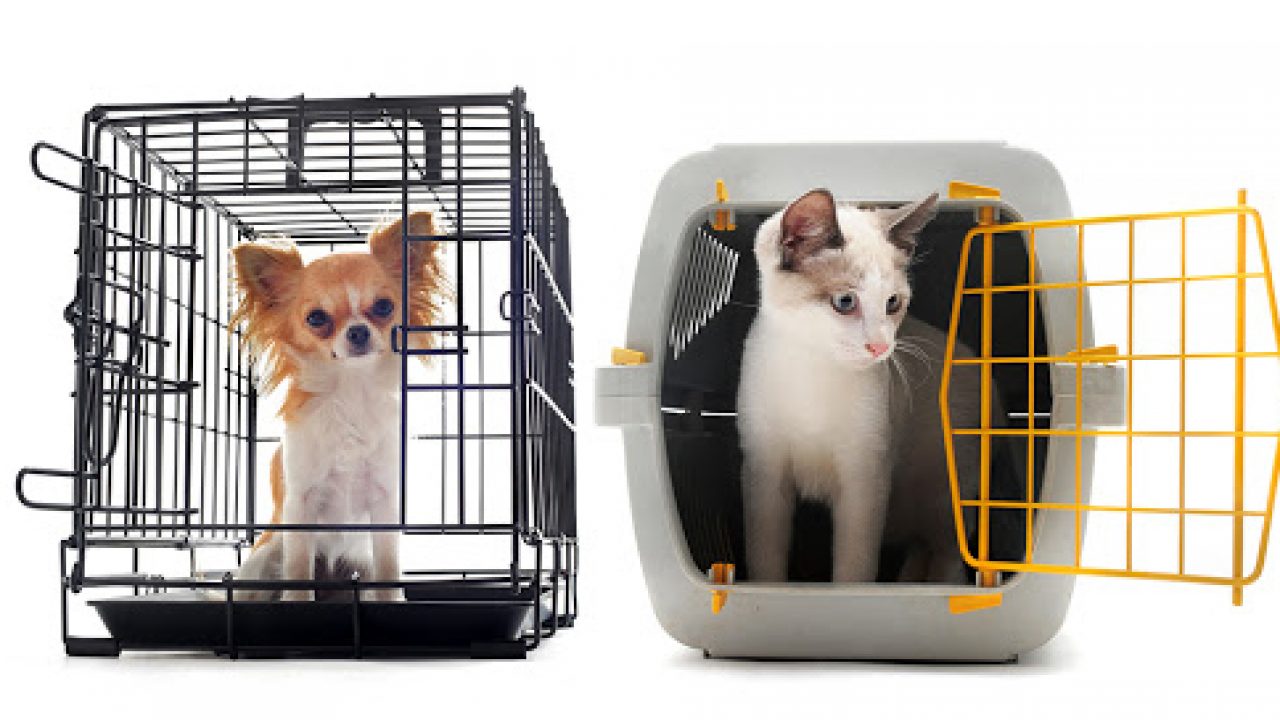Pet Hair Allergy: Common Symptoms and How to Manage It
Allergies to pet hair are a common problem that affects millions of people worldwide. Understanding the symptoms and how to manage this condition can significantly improve the quality of life for those who love their furry friends but struggle with allergic reactions. Below, we explore the causes, symptoms, and management strategies for pet hair allergies.

What Causes Pet Hair Allergies?
Pet hair itself is not an allergen. Instead, the real culprits are the proteins found in pet dander (dead skin cells), saliva, and urine. These allergens can attach to a pet’s fur and spread throughout the home. When inhaled or touched, they can trigger allergic reactions in sensitive individuals.

Common Symptoms of Pet Hair Allergies
Pet hair allergies can cause a range of symptoms, which may vary from mild to severe. Here are the most common signs:
- Respiratory Symptoms
- Sneezing
- Nasal congestion
- Runny nose
- Itchy, watery eyes
- Shortness of breath or wheezing (especially in individuals with asthma)
- Skin Reactions
- Red, itchy, or swollen skin (often where the pet licked or scratched)
- Hives
- Eczema flare-ups
- Other Symptoms
- Itchy throat or ears
- Coughing
- Fatigue due to disrupted sleep from allergy symptons.

How to Manage Pet Hair Allergies
Although pet hair allergies can be challenging, they are manageable with the right strategies:
- Minimize Exposure to Allergens
- Keep pets out of bedrooms and other areas where you spend a lot of time.
- Use air purifiers with HEPA filters to reduce allergens in the air.
- Regularly vacuum and clean floors, furniture, and curtains using vacuum cleaners with HEPA filters.
- Improve Pet Hygiene
- Bathe your pets weekly to reduce dander.
- Brush your pets outdoors to minimize the spread of allergens indoors.
- Wash your pet’s bedding and toys frequently.
- Take Medications
- Over-the-counter antihistamines, decongestants, or nasal sprays can alleviate symptoms.
- Consult an allergist for prescription medications or allergy shots (immunotherapy) for long-term relief.
- Consult a Professional
- An allergist can conduct tests to determine the specific allergens causing your symptoms.
- They can also recommend personalized treatment plans to manage your allergy effectively.

Conclusion
While living with a pet hair allergy can be difficult, it doesn’t necessarily mean you have to part with your beloved pets. By understanding the symptoms and implementing effective management techniques, you can create a more comfortable living environment for both you and your furry companions. If symptoms persist or worsen, always seek advice from a healthcare professional for appropriate treatment options.
What Should People with Asthma Prepare for When Living with Pets?
https://www.facebook.com/groups/583045716264126
